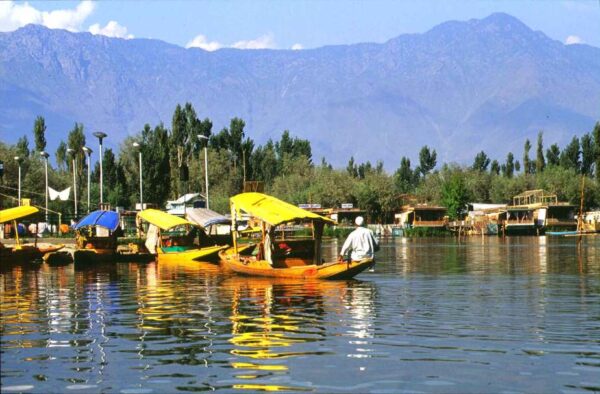Unknown Facts About Kashmir
Kashmir is a popular tourist destination, even amidst tense conflicts occasionally triggered by anti-national forces. The rich natural terrain lures travellers to explore the scenic abundance of this land and enjoy adventure activities such as trekking, skiing, white water rafting and paragliding. Tourism, Seri-culture, agriculture and fish farming power the local economy here. Kashmir is quite different from the other states of India in many aspects, which are hardly noticed. Think Kashmir and fimerst thoughts are usually about snow capped mountains, Dal Lake, houseboats and the uncertain socio-political scene. However there are several lesser known facts that are worth a note, especially when visiting the region.
- Kashmir has a predominant Muslim population and Jammu has a majority of Hindu residents, while Ladakh is home to Tibetan and Buddhist cultures. The state is home to 16 million+ people of diverse cultures, faiths, languages and a high literacy rate, better than national averages of India and Pakistan!

- Jammu and Kashmir (J&K) is the only state in India that has its very own constitution and own flag. The state does not follow the Indian Constitution. It also has two state capitals (to counter seasonal climatic changes).
- Residents of J&K have dual citizenship – Kashmiri and Indian. Reportedly, Kashmiri women who marry outside the state, lose their Kashmiri permanent resident rights.
- Did you know that India still hopes to gain lost ground in PoK? Ever since 1957, the J&K legislative assembly has 24 vacant seats reserved for PoK area. Elections are held once in 6 years for just 87 of 111 seats, in anticipation that people in the occupied territory will one day have a representative elected to power.
- Hindu literature (Puranas) stands testimony to a historical fact that this beautiful land was desiccated from an erstwhile lake by the Sage Kashyap. Interestingly, documents from the Hemis Monastery in Ladakh have revealed that Jesus too spent a few years of his life in Kashmir.
- Marco Polo, a merchant traveller from Venice is known to have visited Kashmir during the latter half of the 13th He was in fact the first person to document his travel to China and Central Asia. Kashmir finds a mention in his works.
- The state of Jammu and Kashmir is a politically sensitive area with three countries with nuclear capabilities having a stronghold on different parts of the land. While India reportedly has control over 60% of the terrain, Pakistan controls 30% of area and China 10% of the land post the Indo-China war of 1962! It also shares a border (figurative) with Afghanistan. Watch your way when travelling along the international borders.
- Although there are several rivers that feed the land, the Jhelum is the only river from the Himalayas that flows right through the Kashmir Valley. The Siachen glacier stretching across 47 miles is the longest glacier in the Himalayan region. Take time to explore both of these nature features on your visit to Kashmir. Glaciers tours are a part of select Kashmir Tourism packages.
- The stunning ski destination of Gulmarg originally went by the name Gaurimarg, before Sultan Yusuf Shah renamed it during the 16th
- The railway bridge across the Chenab River linking Kauri and Bakkal, when completed, is bound to be the highest / tallest railway bridge in the entire world. Set at a height of 359 meters over the river, the bridge spanning 1,315 meters in length definitely will prove an engineering feat. A train journey across this bridge sounds exciting! This bridge in Reasi district is also expected to make pilgrimage to Vaishno Devi Temple more convenient.
- Gulabi Chai (Pink Tea) with dry fruits and the traditional Wazwan (36-course meal) are local specialities that foodie’s must watch out for!
Simply select one of the several Kashmir Tourism packages that appeals to you and have a wonderful time exploring what other surprises this land has in store.
